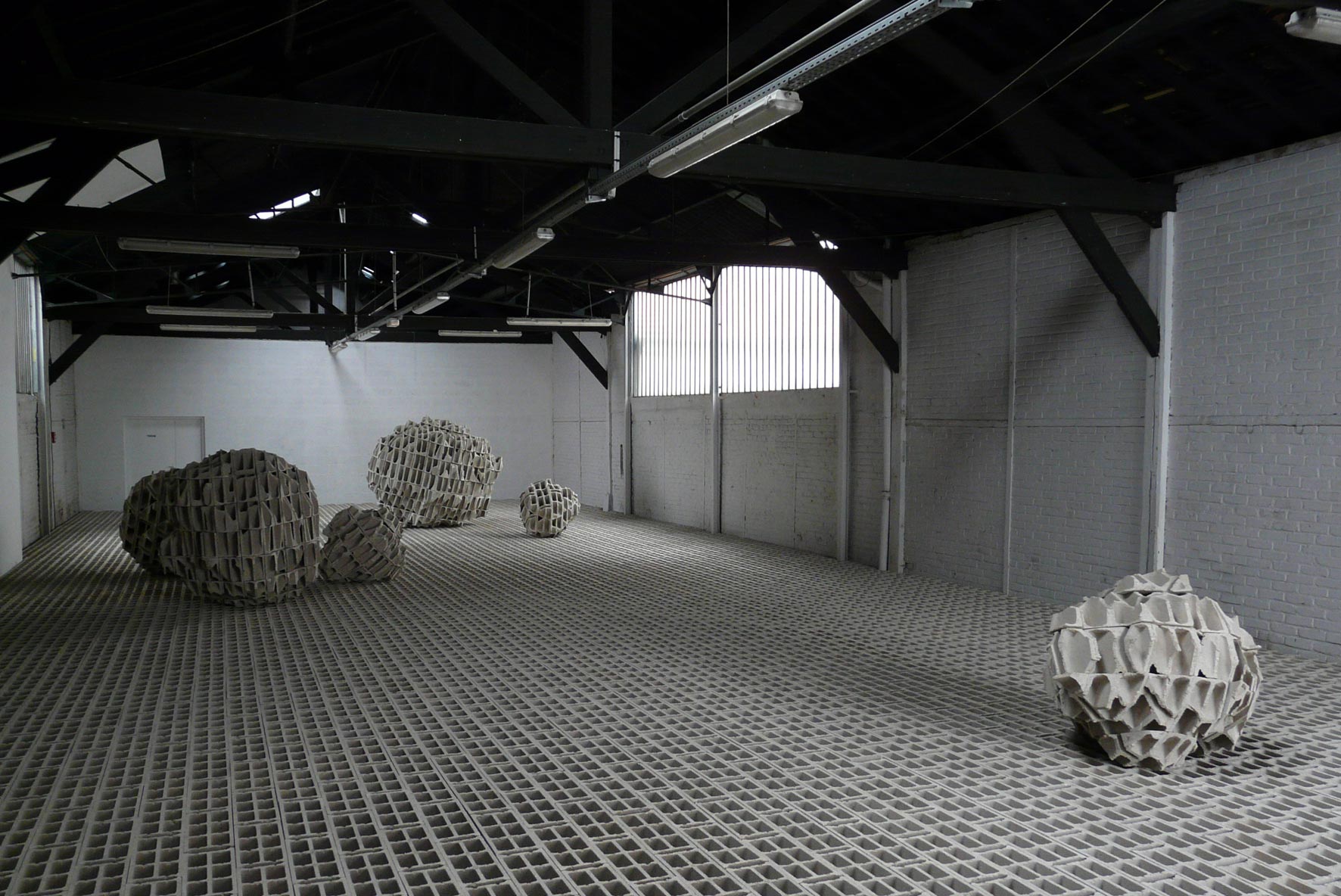 There is an architectural invention I believe James Wines (SITE) created that fascinates me. It consists in designing architecture as it is expected to be, yet this paradigm is being frozen, corrupted and dramatized in a way which cannot be ignored and therefore which question this paradigm. This technique is a perfect architectural adaptation of what the Situationnists were calling Detournement, a form of acknowledgment that resistance towards establishment can be only accomplished by this same establishment's weapons and pictorial objects and therefore the hijacking of those weapon in order to flip them back towards their system of production.
There is an architectural invention I believe James Wines (SITE) created that fascinates me. It consists in designing architecture as it is expected to be, yet this paradigm is being frozen, corrupted and dramatized in a way which cannot be ignored and therefore which question this paradigm. This technique is a perfect architectural adaptation of what the Situationnists were calling Detournement, a form of acknowledgment that resistance towards establishment can be only accomplished by this same establishment's weapons and pictorial objects and therefore the hijacking of those weapon in order to flip them back towards their system of production.This invention has been re-used by Edouard Francois for his renovation of the Fouquet's Hotel in Paris.
pictures:
SITE Laurie Mallet House 1986
SITE Supermarket Best (between 1970 and 1984)





















































